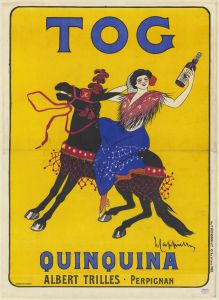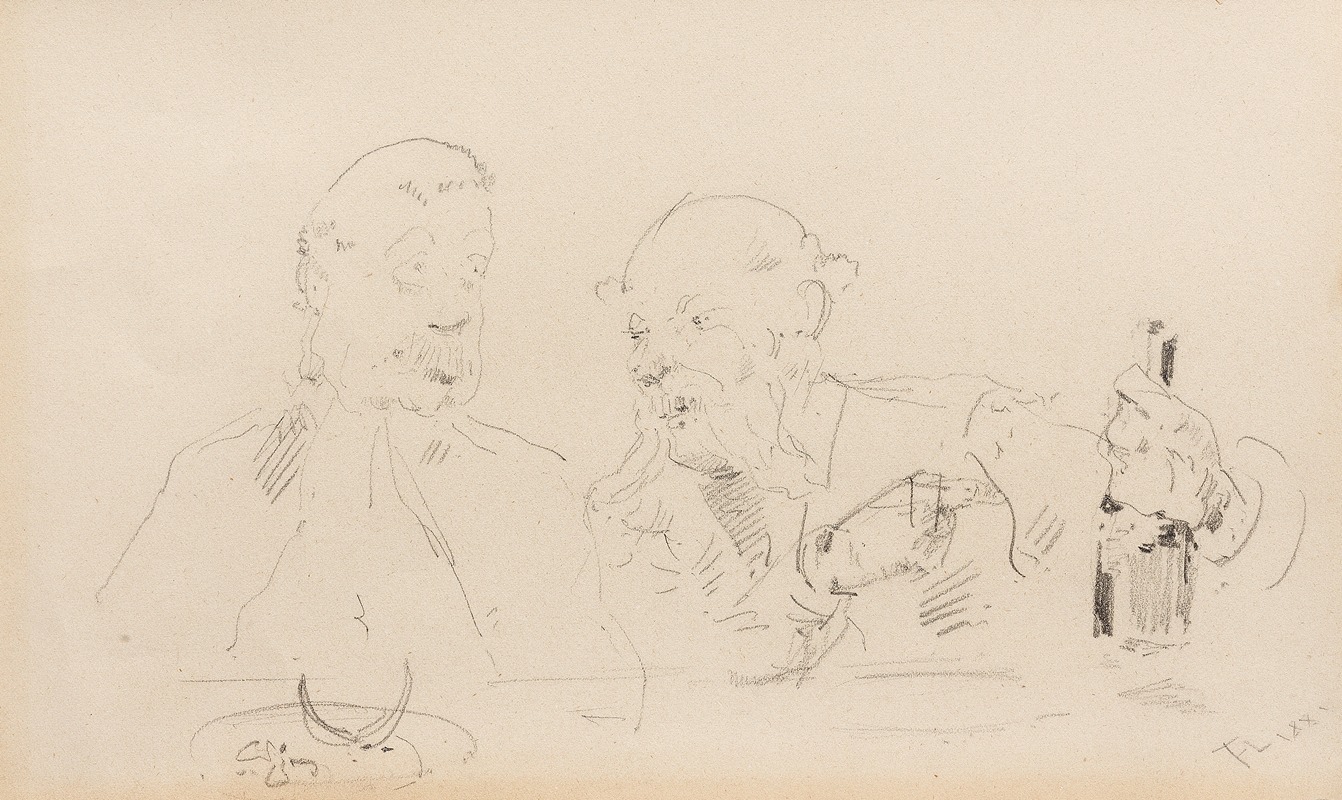
À table
A hand-painted replica of Henri de Toulouse-Lautrec’s masterpiece À table, meticulously crafted by professional artists to capture the true essence of the original. Each piece is created with museum-quality canvas and rare mineral pigments, carefully painted by experienced artists with delicate brushstrokes and rich, layered colors to perfectly recreate the texture of the original artwork. Unlike machine-printed reproductions, this hand-painted version brings the painting to life, infused with the artist’s emotions and skill in every stroke. Whether for personal collection or home decoration, it instantly elevates the artistic atmosphere of any space.
Henri de Toulouse-Lautrec, a prominent French painter, printmaker, and illustrator of the Post-Impressionist period, created the painting À table (English: At the Table) in 1897. This artwork is one of the many pieces that reflect Lautrec's keen observation of human behavior and his ability to capture intimate, everyday moments with a sense of immediacy and authenticity.
À table depicts a group of individuals seated around a table, engaged in a meal or conversation. The composition is characterized by Lautrec's distinctive style, which combines bold outlines, flattened perspectives, and a focus on the emotional and psychological states of his subjects. The figures in the painting are rendered with expressive gestures and postures, emphasizing their individuality and the dynamics of their interaction. The scene is intimate and informal, reflecting Lautrec's interest in portraying the realities of modern life in late 19th-century Paris.
Lautrec was known for his frequent visits to cafés, cabarets, and restaurants in Montmartre, the bohemian district of Paris where he lived and worked. These settings often served as inspiration for his art, providing him with opportunities to observe and document the social interactions of a diverse range of people, from the working class to the bourgeoisie. À table is consistent with this theme, offering a glimpse into the social rituals of dining and conversation.
The painting demonstrates Lautrec's mastery of color and composition. His use of muted tones and subtle contrasts creates a harmonious yet dynamic visual effect. The brushwork is loose and fluid, contributing to the sense of spontaneity and naturalism that characterizes much of his work. Lautrec's ability to convey mood and atmosphere is evident in this piece, as he captures the quiet intimacy of the moment.
Henri de Toulouse-Lautrec's career was tragically cut short due to health issues exacerbated by alcoholism and syphilis. Despite his relatively short life—he died at the age of 36 in 1901—he left behind a significant body of work that continues to be celebrated for its innovation and insight into the human condition. À table is a testament to his talent and his unique perspective on the world around him.
The painting is currently housed in the Musée Toulouse-Lautrec in Albi, France, which is dedicated to preserving and showcasing the artist's works. This museum holds the largest collection of Lautrec's art, offering visitors an in-depth look at his contributions to the Post-Impressionist movement and his enduring legacy in the history of art.





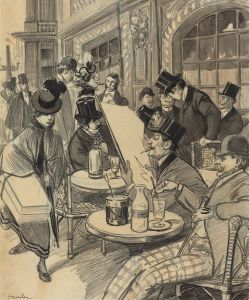
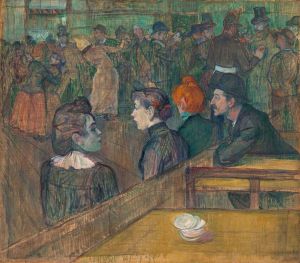

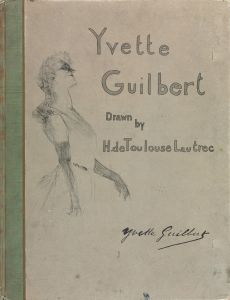
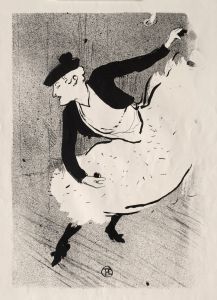
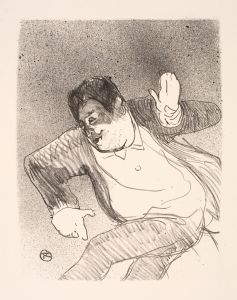



![[Design for mural in unidentified bar or restaurant.] [Study for mural]](/imgs/249261/s/winold-reiss-design-for-mural-in-unidentified-bar-or-restaurant-study-for-mural-93fd9e8e.jpg)
![Designs for menu for Café Bonaparte, Beaux-Arts Apartments, 310 E. 44th St., New York, NY.] [Sketches for Café Bonaparte menu](/imgs/249316/s/winold-reiss-designs-for-menu-for-cafe-bonaparte-beauxarts-apartments-310-e-44th-st-new-york-ny-sketches-for-cafe-bonaparte-menu-a75d30c8.jpg)
![Interior perspective studies for Restaurant Crillon, 15 East 48th Street, New York, NY.] [Interior perspective study.](/imgs/249375/s/winold-reiss-interior-perspective-studies-for-restaurant-crillon-15-east-48th-street-new-york-ny-interior-perspective-study-80282bb4.jpg)

